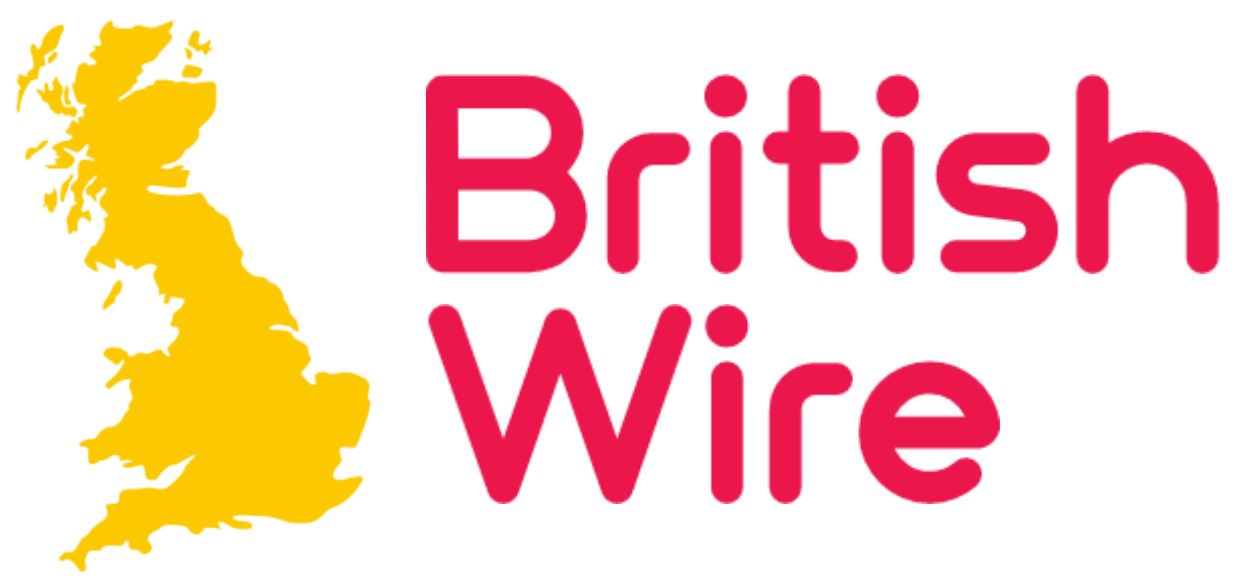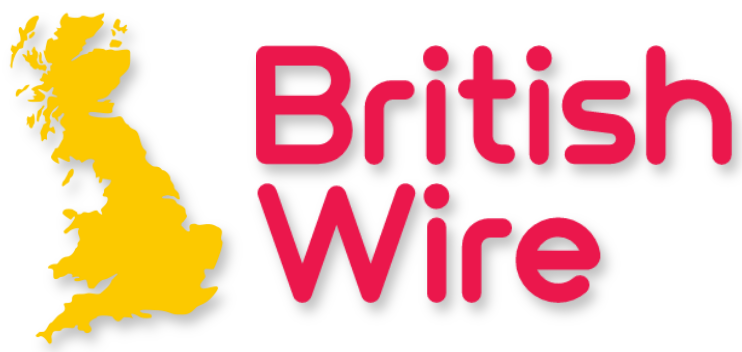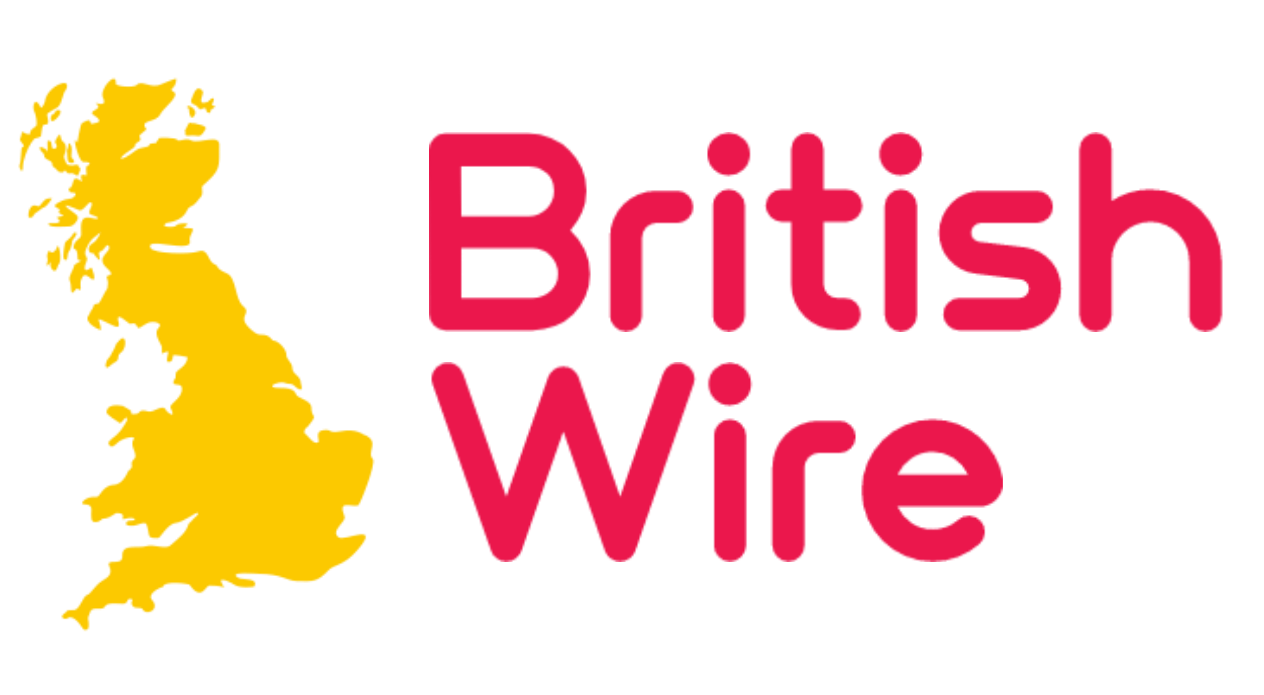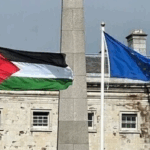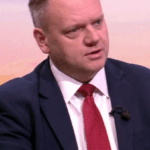Burnout is being likened to “getting thrown off a luxury high-speed train and landing in the wilderness,” according to Caroline Hughes, former Global Head of Leadership at one of Ireland’s largest multinational firms. Hughes, once thriving in her high-achieving career, suffered a collapse in December 2019 that forced her to confront the hidden toll of relentless work demands.
“You realise that you were holding everything together on the outside, but silently falling apart on the inside,” she said.
Burnout is a growing issue worldwide, with a Boston Consulting Group report indicating that nearly half of workers across eight countries are currently experiencing burnout, with women disproportionately affected. A 2024 UK survey by Employment Hero found that nearly two-thirds of women report experiencing workplace burnout, with 18% feeling stressed daily for at least three months—double the rate compared to men.
Now the CEO of Conscious Leadership Development, Hughes helps leaders achieve success without sacrificing their well-being. Her own recovery journey took 18 months, during which she grappled with extreme exhaustion, brain fog, and disrupted sleep. Doctors initially feared she had suffered a stroke, but upon further investigation, they realized her condition was the result of chronic burnout.
At the time, she had no language for what she was experiencing. “Burnout wasn’t even in my vocabulary,” she admitted. What she once considered resilience turned out to be sheer willpower masking deeper problems. Looking back, she now recognizes the warning signs—constant fatigue, spending weekends in bed to recover, and an overactive mind disrupting her sleep cycle.
The COVID-19 pandemic inadvertently helped her by slowing the pace of life, allowing her to prioritize her well-being and re-evaluate her definition of success. She embraced breath work, coaching, and stress management techniques to rebuild her health. “It was transformational,” she said. “I got very clear on the life I wanted to have.”
Hughes warns that executive burnout has far-reaching consequences, affecting both internal productivity and external employer branding. While organizations are now offering wellness programs, she remains critical of what she calls “wellness washing”—surface-level interventions that fail to address the real structural contributors to stress and overwhelm, such as unmanageable workloads and resource allocation.
Research supports her concerns. Deloitte’s 2024 Wellbeing at Work survey found that over 40% of workers, managers, and executives frequently feel exhausted or stressed. Alarmingly, 59% of employees, 66% of managers, and 71% of C-suite leaders would consider switching jobs for better well-being support. Furthermore, 81% prioritize wellness over career advancement.
The reluctance to pursue leadership roles is particularly evident among younger generations. Deloitte’s 2024 Gen Z and Millennial Survey found that work-life balance is their top priority, with many opting out of high-stress leadership roles. An ICBE Business Excellence Skillnet study found that concerns about work-life balance deterred 27% of respondents from pursuing leadership opportunities.
Vivienne Kiernan, Head of Client Engagement at the Irish Centre for Business Excellence, warns that organizations must rethink leadership structures. “Ambitious individuals will not step up if they feel that leadership means sacrificing personal well-being,” she said. “Companies need to provide real support and role-model sustainable leadership.”
Hughes urges organizations to redefine success and foster a culture that prioritizes well-being, ensuring that future leaders see leadership as both fulfilling and sustainable. “Sometimes, we pay a very high price for the success we think we want,” she concluded.
